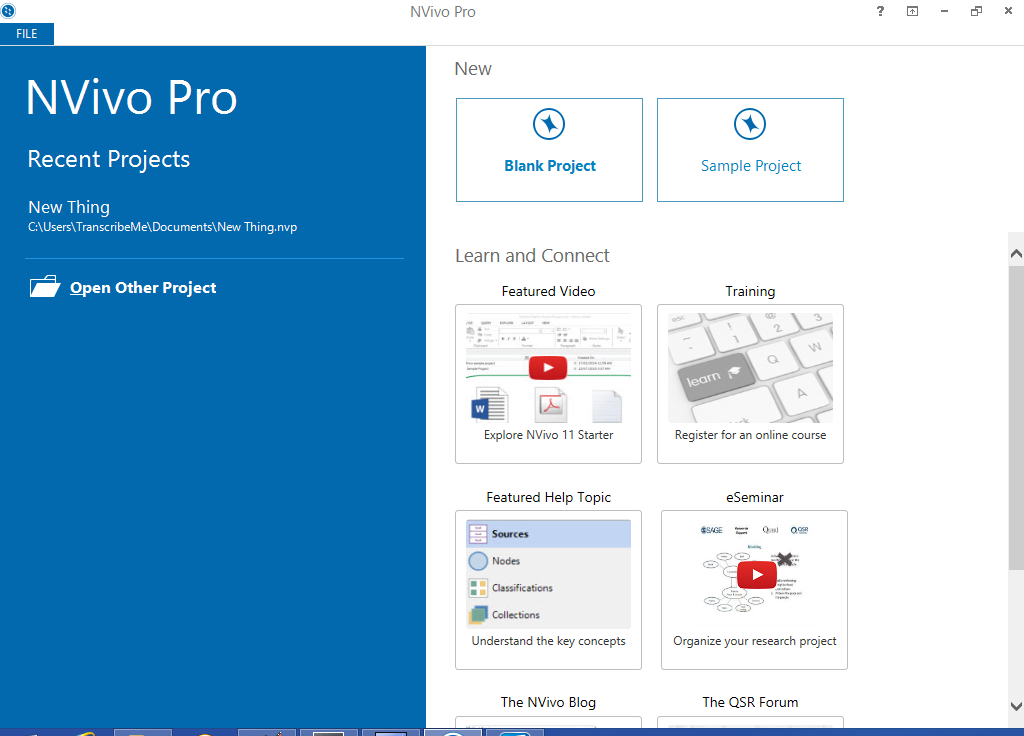


This is a time-efficient and cost-effective way for you to access research training – if you can't attend the event live, you'll receive on-demand access so that you can watch the sessions at your convenience. If you'd like to learn more about NVivo, you might find our upcoming Research Accelerator useful. NVivo is our preference, but don’t take our word for it – visit the CAQDAS Networking Project for further information about what’s available.
#Nvivo costs software#
It’s worth pointing out that there are other software possibilities, such as Dedoose, ATLAS.ti, MAXQDA and QDAMiner. You can extract information across selected criteria with the push of a few buttons, and when you are drafting your thesis or report, there’s the capacity to easily insert verbatim text directly from your NVivo project. NVivo helps you be a more efficient researcher: This is really an outcome of the four points listed above – when used effectively, NVivo can save you time during both the analysis and write-up phase.NVivo has some fantastic features such as matrix coding queries that allow you to easily do this. NVivo makes sub-group analysis easier: While marking up themes with highlighter pens on paper copies of transcripts can still be useful, imagine trying to look at this information across a large number of participants, while also exploring responses by different sub-groups within your sample (e.g., comparing what males and females said).
#Nvivo costs code#
Alternatively, I may have undertaken a survey with a couple of open-ended questions – being able to import an Excel file containing this data means that I can code it alongside transcripts from my semi-structured interviews. For example, I can import journal articles and other PDFs, and compare what my participants reported with the existing literature on the topic.

It also means that the file can be easily backed up and is portable. I love the fact that when I set up an NVivo project, everything is imported or created in one database, allowing easy access to all my information when needed.

I definitely disagree with this, and if anything, I believe it gets you closer to your data because it automates the clerical/administrative side of things for you, leaving you more time to come up with insights. However, there are some who would disagree with me.Īrguments against the use of software include the idea that CAQDAS distances you from the data or that it is simply a code and retrieve tool. For me this is an easy choice, as I’ve used what I’ll refer to as ‘pen and paper’ methods previously, and wouldn’t want to return to them. I’m often asked if software such as NVivo should be used for qualitative data analysis.


 0 kommentar(er)
0 kommentar(er)
